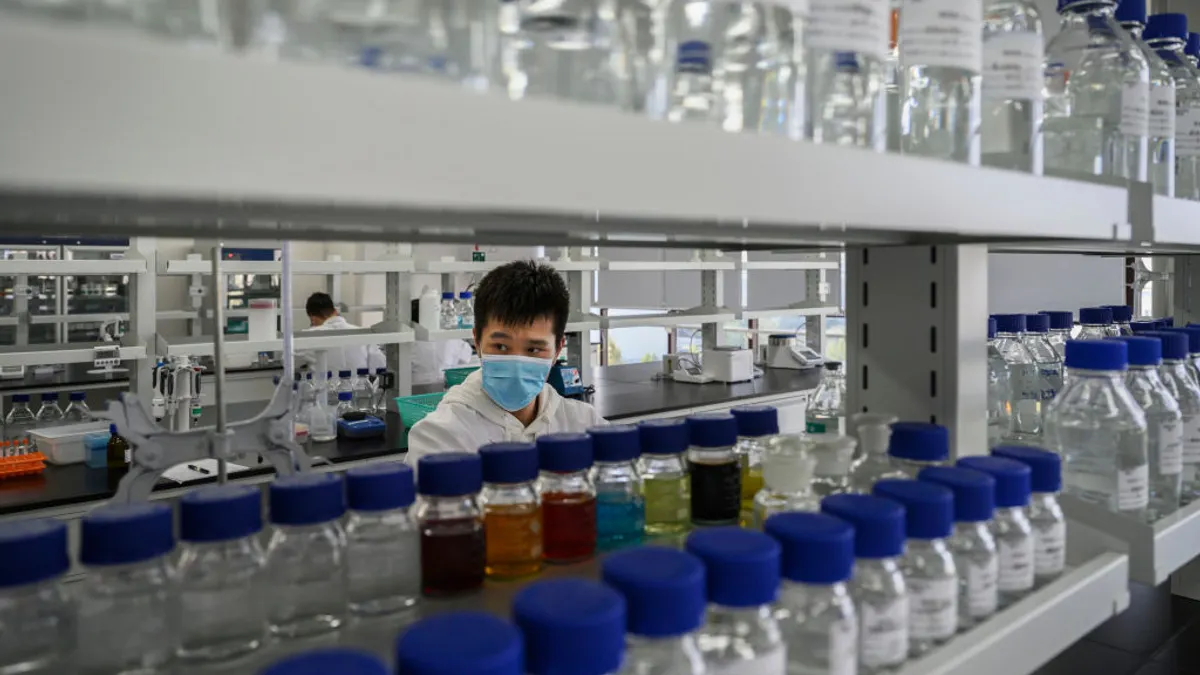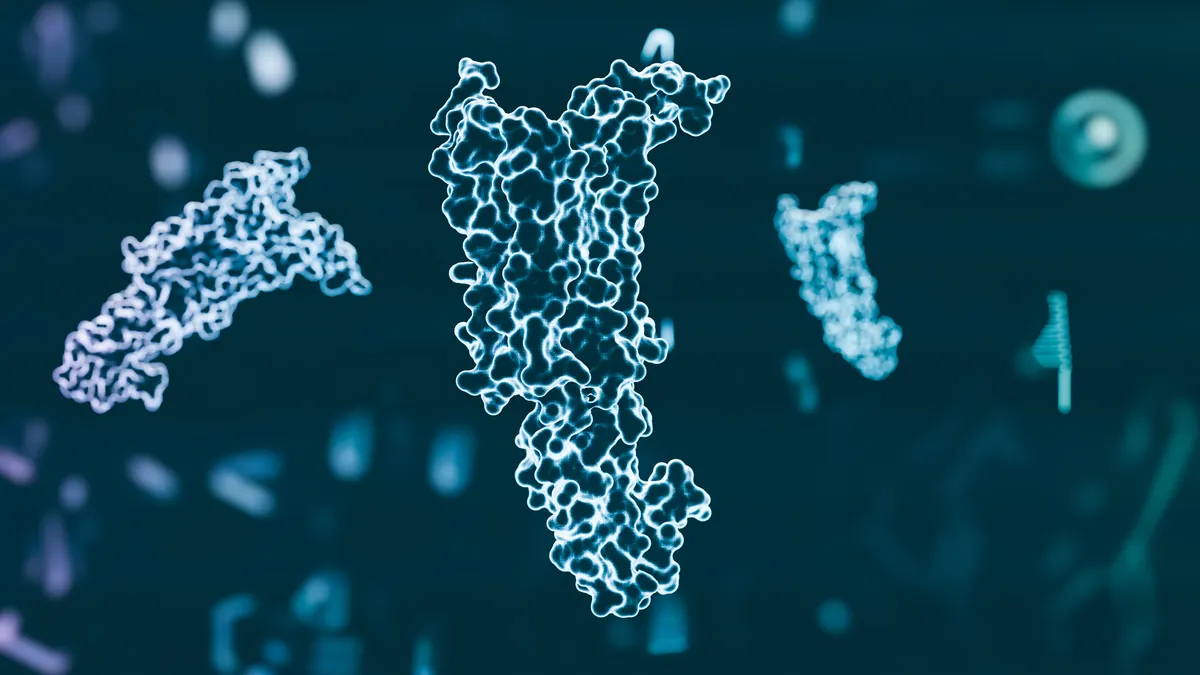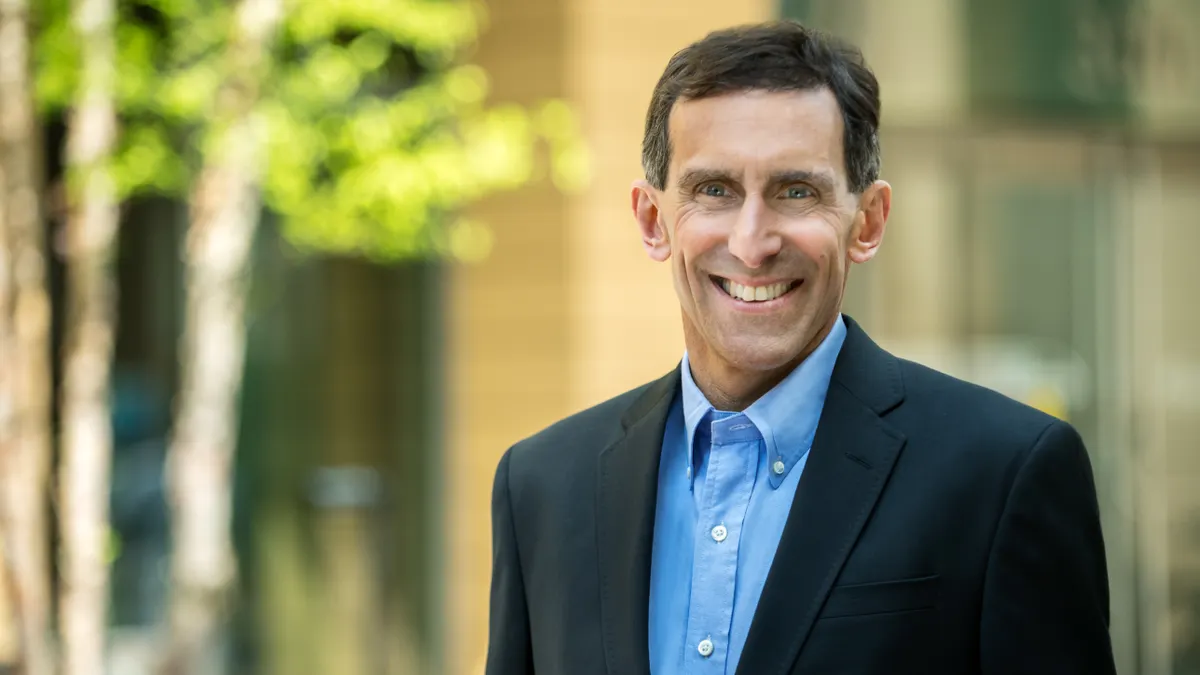No one can deny that cell and gene therapies have taken the biopharma world by storm over the last year, with the approval of the first three cell/gene therapies that can arguably be called "cures" — a word once considered a major no-no.
Even some of the biggest names in the space acknowledge it is early days. Now that cell and gene therapy developers have seemingly conquered liquid tumors, the next frontier looks to be solid tumors, and at least one clinician expects that turning these therapies 'on and off' in the body will soon be possible.
"If someone had said to me in 2012 that there would be an approved product with a cell therapy that involved gene-editing technology, I'd have said you're smoking something, it can't be done," said Tmunity CEO Usman Azam, who previously headed up Novartis AG's cell and gene therapy division, at a panel hosted by the Alliance for Cancer Gene Therapy.
"A miracle happened. To go from a proof of concept in a handful of academic centers to getting a full-blown approved product at that pace — I've been in this industry more than 20 years and I never thought it could happen. And it happened. Now the challenge will be how will we approve upon that and get to the next generation."
The role of regulators
Regulators, particularly the Food and Drug Administration, played a major part in moving cell and gene therapies forward at a rocket-like pace.
"It went from nothing as a field in the early days of when those initial publications came out to actually seeing how the regulators really collaborated. They were taxed with pushing the regulatory environment and that's a really hard thing to do," said Azam.
Likely the first time many people who weren't working directly in academia had heard of chimeric antigen receptor (CAR) T cells was when Novartis inked a collaboration with the University of Pennsylvania in 2012. While industry-academia partnerships have been ongoing for decades, this deal was unique in that the Swiss pharma was treating the lab at UPenn much like it would treat a biotech partner. The deal resulted in the CAR-T therapy that Novartis got approved last year.
"The FDA has been proactive. This is probably the first time ever where new drugs are coming directly out of academia," said Carl June, the scientist who led the UPenn lab and developed Novartis' Kymriah (tisagenlecleucel).
"It's a rapidly turning field. Cell therapies really start where the patients are, so there's this inherent advantage to have the research centered at hospital and medical centers, rather than at some big pharma screening center," June added.
All of the panelists agreed that the FDA has made this possible, and that other regulators around the world have not been as accommodating. For example, there is currently little in the way of development for these kinds of "living drugs" in Europe.
"Maybe this is an obvious point to some of us, but maybe not to those who don't deal with the FDA on a daily basis — there was no framework for this. It's not like the FDA could give these guys a playbook ... this was truly out of nothingness. There was no precedent here. There was no path for the FDA to follow and the FDA could not tell these guys 'this is what we learned with 30 years of experience with small molecules or 20 years of experience with biologicals.' It's really a miraculous coming together," noted Regeneron Pharmaceuticals Chief Scientific Officer and Founder George Yancopoulos.
Moving beyond current therapies
Despite the "miracle" that cell and gene therapies represent, even June and other panelists admit that there is still a lot of unexplored territory.
"You should consider today, that what we do is probably the 'pre-history' of what is going to happen in the next five years," added André Choulika, CEO of French gene therapy developer Cellectis SA.
Gene therapy heavyweights have already gotten started on solving the challenges of using other targets for CAR therapies. The currently marketed living drugs target a marker called CD19, which is found on the outside of B cells. Since the CAR-T cells stay in the body years after the initial infusion, they continue to kill the B cells as they are made. June noted that this does create some immunodeficiencies in patients, but that they are largely manageable in the populations that are currently treated with these drugs. But finding other targets that are not expressed in other body tissues, like heart or muscle tissue, will be a challenge.
"You have to remember that this is Generation One of CAR cells. Later, I think, they will be turned on and off so that the body can rest, instead of it being always on as it is in the current version," said June. "So what we need to know is when you are actually cured of the leukemia and don't need that surveillance function anymore. Unfortunately, we don't know that. There are going to be ways to discover that."
Solid tumors will be the biggest challenge facing the field, admits June, who believes combinations with checkpoint therapies and using CRISPR technology to knock out the checkpoint inhibitor could be the future.
"If you look back at five or six years ago when the first patients were treated [with CAR-T therapies], I think we're at that point with solid tumors. We've seen some glimpses, but no home-runs yet," June said.





















